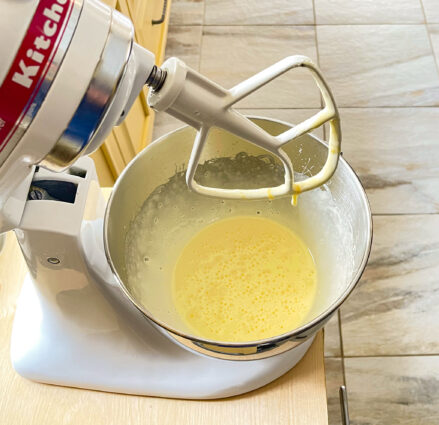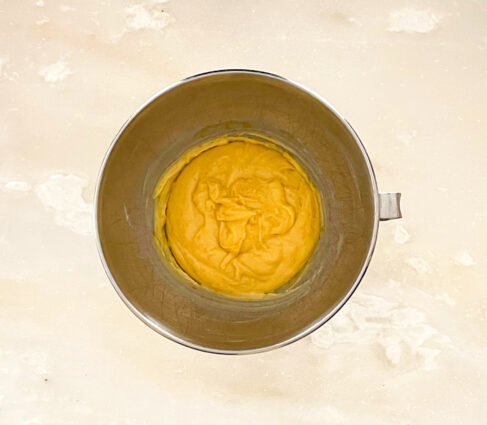
Many of us have been cooking a lot during this past year. Back in 2017, Harvard Business Review reported that about 10 percent of Americans actually enjoyed cooking. Now, during this pandemic, it is hard to avoid cooking. Many restaurants are closed, and cooking has become a necessity as well as a challenge. For those with chronic diseases such as diabetes, crohn’s, or celiac, it’s been an added challenge to find appropriate recipes. Let’s think about ways we can enjoy cooking without it seeming like a huge chore.
Make things simple. Buy your meat fresh and freeze it so that you can simply defrost it the night before. This can be a whole chicken that you roast, a couple of steaks, veal chops, or chicken parts. You can leave them on the counter overnight, just put them back into the refrigerator when you wake up. Remove them at least an hour before you cook them to bring them to room temperature. Yes, even chicken can stay out of the fridge safely for an hour or so.
Choose easy side dishes. Bake some whole potatoes, or cut up some fingerlings and roast them for about 40 minutes. Take out a package of frozen corn, place it on the stove with some butter, basil, red pepper flakes, and lemon, and pan roast until it turns brown and has caramelized. Roast some broccoli or cauliflower with olive oil. It really doesn’t have to be complicated.
Put on your favorite music while you cook. Studies have shown that listening to music can alter your mood and make you happy. Music can also slow down your heart rate, and reduce blood pressure and anxiety.
Use your favorite foods to prepare recipes that you enjoy. Nobody likes cooking a dish they hate. Try to get other members of your family to help, and make it a family event. Bonus– you can teach the little ones healthy eating habits.
Now this is one recipe that I know you will enjoy making. Madeleines, also known as French butter cakes, are shell-shaped sponge cakes. When the cake was first made in the 18th century, the little bump was the most important feature. The same is true today. Though they are little butter cakes, most people refer to them as cookies. They are made with the simplest ingredients, but you have to be careful to ensure the right consistency. It may take a little extra time, but it is well worth it.
Whether you call them cakes or cookies, they should be light and airy, with a melt-in-your mouth exterior. You know the eggs are perfectly whipped when they drip like ribbons from your spoon or beaters. The vanilla extract adds even more delicious flavor, and the lemon zest, (don’t you dare leave it out!) gives these cookies a tang, that is so important to the cookie. You can then dust them with confectioners’ sugar or dip them in some melted chocolate for an even more luscious treat. Perfect for breakfast, a snack, or dessert, everyone will love them.
This recipe is courtesy of Sally’s Baking Addiction and will make 18 to 20 cookies to delight cookie and cake lovers alike.
Ingredients for Madeleines:
1/2 cup (1 stick) unsalted butter (plus another 2 Tbsp for the pan)
2 large eggs, at room temperature
1/2 cup granulated sugar
2 teaspoons lemon zest
1 teaspoon pure vanilla extract
1 cup sifted all purpose flour, spooned and leveled
1/2 teaspoon baking powder
1/8 teaspoon salt
Optional: confectioners’ sugar for sprinkling on top, or melted chocolate for dipping.
Melt the butter and set aside to slightly cool as you prepare the rest of the batter. You can melt it in the microwave or melt it/brown it on the stovetop.
Using a handheld or stand mixer fitted with a whisk attachment (didn’t notice a difference using either one), beat the eggs and sugar together on high speed for at least 8 minutes.
The mixture will be thick, pale, and form ribbons when you lift the beater(s).
Beat in the lemon zest and vanilla extract until combined. (The remaining ingredients are mixed together by hand; you no longer need the mixer.)

Whisk the flour, baking powder, and salt together in a small bowl.

Using a spatula or wooden spoon, gently fold into egg mixture.
I suggest carefully folding in half of the flour mixture, then folding in the other half. (Instead of dumping it all in at once.) Make sure you’re handling this batter with care. It’s very delicate.

Stir 1/4 cup of the batter into the melted butter.

It will take a minute to fully incorporate.
Then stir it all into the rest of the batter.
The batter will be thick, silky, and shiny. Cover the batter and chill in the refrigerator for 30-60 minutes.

Try not to chill any longer than this as the butter in the batter will begin to solidify.
During the last few minutes of chilling, preheat the oven to 350°F.
Melt the remaining 2 Tablespoons butter.
Using a pastry brush, lightly brush the pan with melted butter.
The author finds that greasing the pan is necessary even if you’re using a nonstick pan.
We want to avoid any chance of sticking.
The batter will be quite airy and spongy after resting. This is good! Do not try to deflate it.
Spoon 1 generous tablespoon of batter into the center of each scalloped well.
No need to spread it to the edges. Just plop it in the center.
(Cover and refrigerate remaining batter if you do not have 2 madeleine pans to bake the batter all at once.)
Bake for 10-12 minutes.
The madeleines are done when the tops spring back after lightly pressed with your finger. Invert the pan onto the counter.
Transfer the warm madeleines to a wire rack to lightly cool.

Dust with confectioners’ sugar, if desired, before serving.
Madeleines are best enjoyed right after baking, so the author didn’t have any make-ahead tips.
They dry out very quickly; Sally finds baked and covered madeleines lose their texture even after 1 day!
For this reason, the author doesn’t recommend freezing them either. You’ll lose a lot of texture.
It’s that simple!

